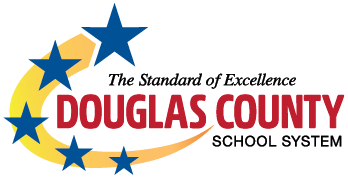Seizures
Seizure Disorders
A seizure is an involuntary sudden change in sensation, behavior, muscle activity or level of consciousness, caused by a disruption of normal electrical activity in the brain. Seizures may be caused by medical conditions such as high fever, central nervous system infections, poisoning, hypoglycemia, electrolyte imbalance, head injury and structural brain lesion. Epilepsy is a condition of the brain characterized by a susceptibility to have recurrent seizures of unknown causes. Someone is considered to have epilepsy if they have had more than two unprovoked seizures at least 24 hours apart.
Seizure Recognition Teachers and school nurses may be the first to detect possible seizure activity. Commonly seen signs of possible seizure activity include: brief staring spells (5-10 seconds) when the child is unresponsive; periods of confusion; head dropping; sudden loss of muscle tone; episodes of rapid blinking or eyes rolling upwards; rhythmic twitching of the mouth or face; aimless, dazed behavior including walking around or repetitive behavior; involuntary stiffening and/or jerking of arm or leg. A pattern of behaviors such as these should be reported to parents.
Important things to observe and document about a seizure:
Precipitating events
Student’s behavior prior to seizure
Type of seizure and duration • Description and duration of post-seizure sleep or drowsiness.
Groups of Seizures/Description
Group 1 - Generalized Seizures (affects both sides of the brain); Absence Seizure; Tonic Clonic Seizures Characterized by:
A staring spell, lasting a few seconds
Momentary loss of awareness, interrupting ongoing activity
Movements of face/arms
Return to full awareness after episode
Generalized tonic-clonic seizures (grand mal)
May include some or all of the following:
Body stiffens and/or jerks
Cries out
Becomes unconscious or unresponsive
Loses bowel/bladder control
Usually lasts one to two minutes
Shallow breathing and turning blue around lips or mouth
Confused, sleepy or belligerent after the seizure
Grinding motion of teeth or jaw
Group 2 – Focal Seizures; (affects one area of the brain) Simple Focal Seizure, Complex Focal Seizure, Secondary Generalized Seizures
Simple focal seizures
The student may:
Remain conscious, but may not be able to control body movements
Have distorted senses of sight, smell, hearing, touch
Be confused and frightened afterwards Complex focal seizures The student may:
Exhibit automatic behaviors in which consciousness is clouded, lasts one to two minutes
Get up and walk around, as if sleepwalking
Be unresponsive to spoken direction, or respond inappropriately
Be fearful
Exhibit repetitive behaviors
Be confused and have no memory of the event afterwards
Forms:
Should you have any questions, please feel free to contact your schools Health Monitor or Douglas County Nurse.
